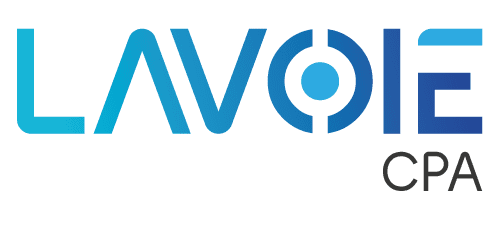Delayed or disconnected financial reporting can mean missed opportunities and budget surprises. When your month-end numbers land weeks late, or worse, don’t tie back to the plan, you’re left making decisions in the dark. The key to proactive financial management lies in reports that seamlessly link actuals to your budgets and forecasts, so you can spot variances, adjust tactics, and drive growth in real time.
1. Define Clear Reporting Objectives
Before building any report, clarify what decisions it must inform. Ask yourself:
- Who needs visibility into the company’s financial results (e.g., department leads, directors, board)?
- What questions should the report answer (e.g., “Which sales people are hitting their revenue targets” or “Which expense categories are drifting over budget”)?
- How frequently will decision makers need to review their financial data – daily, weekly, monthly?
Setting objectives up front ensures every metric you include drives action.
2. Align Your Chart of Accounts to Key Drivers
A generic account structure forces lengthy reconciliations. Instead:
- Map accounts to programs and locations – Where applicable, assign revenue and expense accounts to each team, department, or location.
- Use consistent dimensions – Creating efficient dimensions such as department, location, customer, etc. will allow you to slice data by revenue or expense category. (Cross reference to our blog on data dimensions.)
- Standardize naming conventions – Keep account labels simple and uniform. Too often, we see companies creating too much complexity by using too many accounts in their chart of accounts or creating accounts that are specific to a vendor or customer. (Cross reference to the chart of accounts blog)
- Build your budget and forecasts using the same chart of accounts in your accounting system – This helps streamline the reporting by account so that your budget vs actual analysis is comparable. Additionally, by aligning your chart of accounts between your budgets and actuals, you can upload your budgets into your accounting system for efficient reporting each month.
When your chart of accounts mirrors the drivers in your budget and forecast, reports update automatically without manual workarounds.
3. Automate Data Integration and Reconciliation
Manual exports and Excel formulas introduce errors and delays. Aim for a single source of truth:
- Connect operational systems – Sync your sales, payables, and payroll systems into your accounting system, where possible. It’s best to leverage automated programming interfaces (APIs) rather than spreadsheet uploads.
- Schedule frequent data interfaces – Ensure new transactions feed into your general ledger as real-time as possible, so reports are always current.
- Leverage built-in reconciliation tools – Automate the matching of bank and credit card transactions to posted entries in your accounting system to streamline your work efforts.
Automation not only speeds up reporting, but it also reduces the risk of misstatements that derail decision-making.
4. Build Monthly Budget vs Actual Reports in the Accounting System
Leverage the reporting functionality in your accounting system to create budget vs actual reports. This will allow your team to redirect time from creating spreadsheet reports to variance analysis.
- Budget vs. Actual dashboards – Display actuals side by side with budget and forecast figures, including non-financial drivers (e.g., new and lost customers, employee headcount by department, units sold).
- Variance analysis – Highlight over- and under-performing line items, with callouts for any variance exceeding a set threshold (for example, 5%).
These dynamic elements transform spreadsheet reports into interactive tools that guide strategic conversations.
5. Empower Managers with Role-Based Views
Not every user needs every number. Tailor reports to drive accountability:
- Sales reports – Focus on revenue per person, team, or location.
- Operations managers – Show variances in department budgets versus actual in order to drive accountability for expenses.
- Executive summary – Deliver a high-level dashboard with key KPIs, total revenue, cost ratios, and cash-flow forecasts for senior management and board members.
By giving each stakeholder the right view, you shift from firefighting to collaborative problem-solving.
When your financial reports directly align actuals with budgets and forecasts, you gain the agility to course-correct throughout the year, optimize decisions, and keep every team member focused on growth. Ready to turn your finance function into a strategic advantage? Start the conversation.

